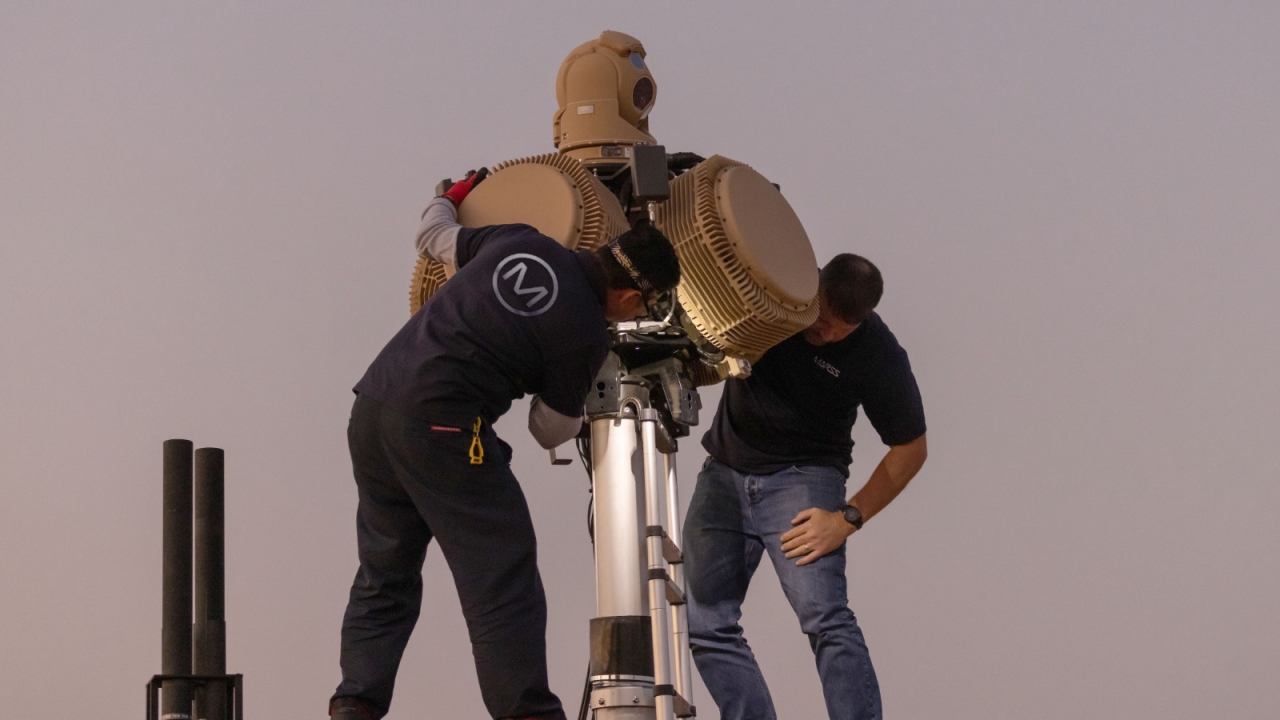Saudi Arabia wound up by Russia's fantastic toys
The Royal Saudi Air Force (RSAF) is looking to modernise the operational concepts at its Riyadh-based Air Warfare Centre. Alan Warnes reports.

Lieutenant General Turki bin Bandar bin Abdulaziz al-Saud, who was appointed commander of the RSAF in February, is behind a shake-up in a bid to confront the emerging threats that have been so evident in Syria.
High-fidelity threats from Russia and Iran are causing the Middle East countries real concern, and the RSAF wants to source technologies to have a realistic chance of defeating them.
Al-Saud understands the very complex threats he is facing, and knows that dropping bombs, like the US and its allies have in so many countries over the past 20 years, solves nothing.
The next conflict is going to be much harder and many observers are looking at the scenario currently being played out in Syria.
A source told me: “It is a showcase of Russian technologies and the US and its allies flying over there are being subjected to heavy electronic warfare effects like jamming, eavesdropping, and the disruption of datalink capabilities. The Russians are using Syria as a test area for their new toys. And they are absolutely fantastic. NATO and the US are not willing to compete with them.”
Russia is also deploying anti-access area denial (A2AD) assets like the S-300 and S-400 air defence systems all over the Mediterranean.
The same source said: “Algeria, Egypt, Syria and Turkey will all soon have these systems, so Russia could control the area because all the systems are connected to Moscow. All the maintenance and support is done through a network, which controls the air space. We are very ill-prepared for what they could do, and as they spread the network they take more control of the air space.”
This kind of battleground is what concerns the RSAF chief and his allies. They are concerned the Iranians may also acquire a sophisticated A2AD system from Russia one day.
He wants to cover all eventualities, and take into account all the threat capabilities.
While the UAE has already bought some technologies, it has been in an ad-hoc way. However, the RSAF chief is believed to have taken on a more integrated approach. He has a totally new vision to deal with threats, and that’s why Saudi’s Crown Prince Mohammed bin Salman has installed him.
“He wants forces trained properly against threats that they might face tomorrow. He is keen to acquire radar, missile and EW capabilities used by his foes to ensure that he can take them on. They want access to technologies they can defeat,” said the source.
The S-400 capabilities were highlighted during a Russian Ministry of Defence briefing on the Russian Air Force Il-20 that was shot down over Syria on September 17.
Major-General Igor Konashenkov provided data and recordings on the incident, obtained from the control centre of an S-400 surface-to-air missile (SAM).
He told journalists: “The radar is able to detect and accompany not just aircraft, but any high-speed targets that follow a ballistic trajectory.”
In front of a large screen, he highlighted the position of the Israeli F-16s which had attacked sites in Syria and the S-200 missile launched by Syrian forces. He said: “The S-200 missile approached the F-16, but then dramatically changed direction and headed for the Il-20, because of its larger reflecting surface and slower speed. We blame the Israel Air Force for this.”
Russia then announced that it would be transferring a S-300 air defence missile system to Syria to strengthen the combat capabilities of the Syrian air defence – much to the alarm of Saudi Arabia and its allies.
Stay up to date
Subscribe to the free Times Aerospace newsletter and receive the latest content every week. We'll never share your email address.

